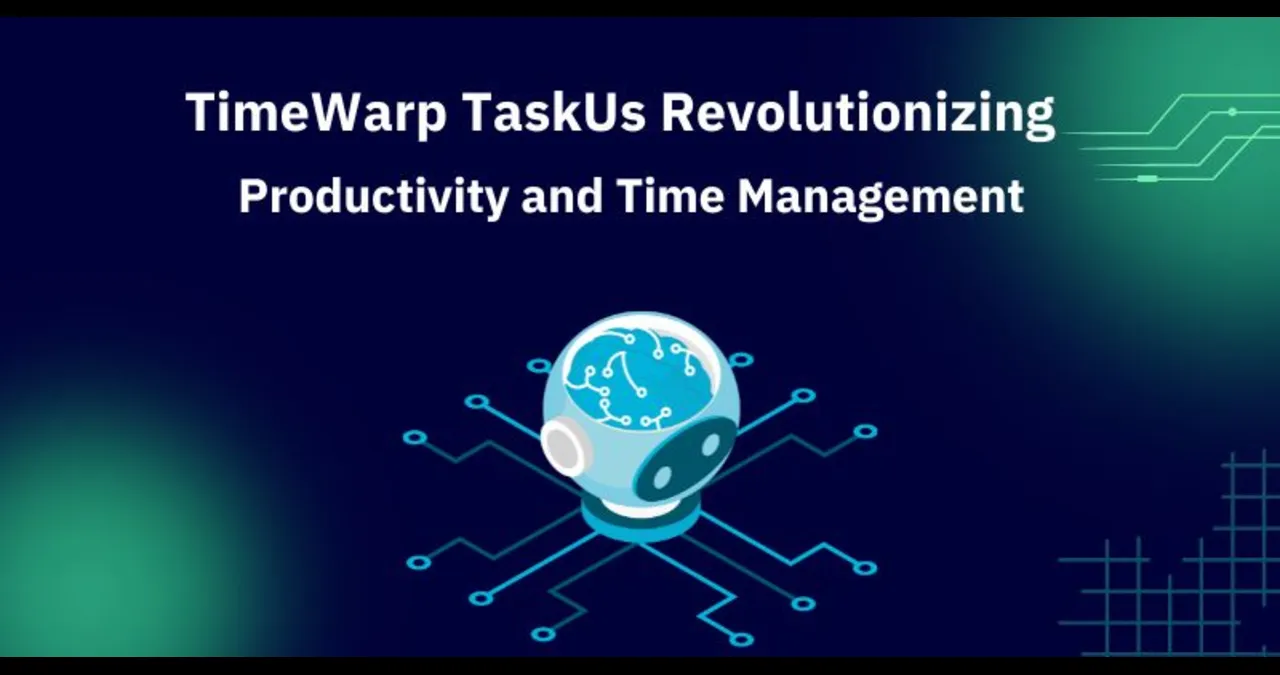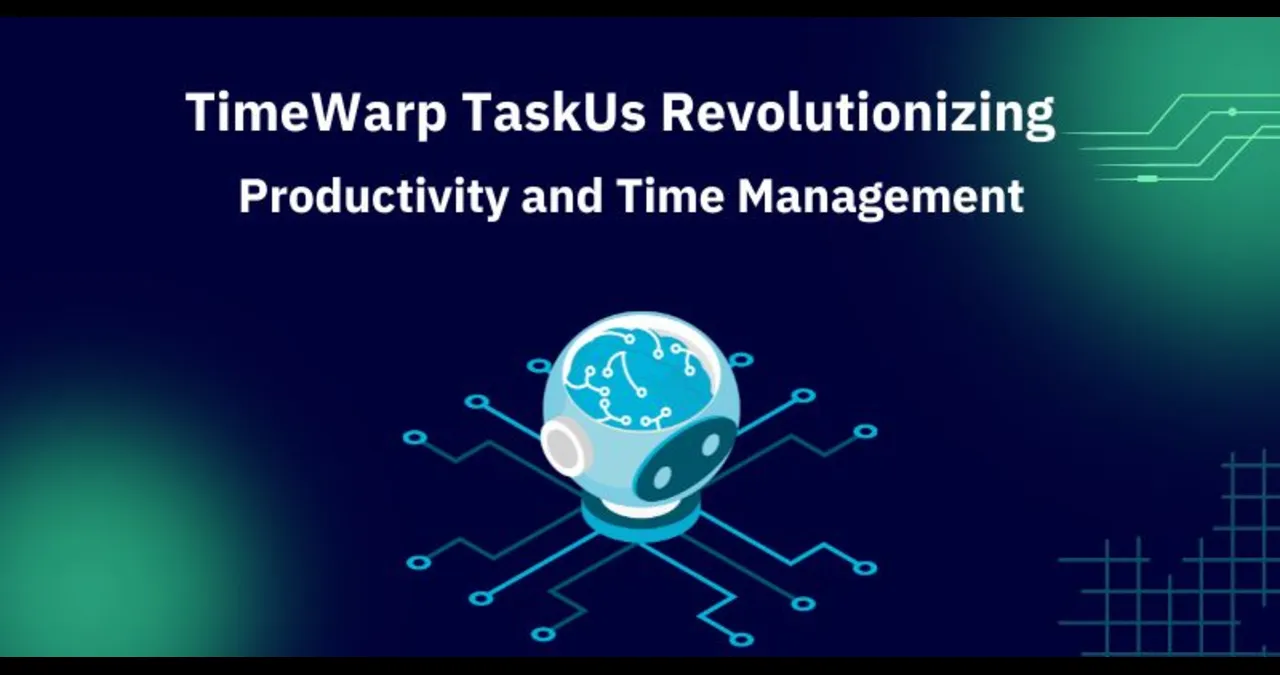Timewarp Taskus When it comes to innovative solutions that revolutionize how businesses operate, Timewarp Taskus has been making waves in recent years. This fascinating concept blends cutting-edge technology with efficient task management, allowing companies to boost productivity while saving precious time. If you’ve heard the term floating around but haven’t quite grasped what it means or how it works, you’re in the right place.
In this article, we’re going to explore the from every angle—breaking down its origins, benefits, practical applications, and what it means for the future of work. Whether you’re a manager looking to optimize workflows or just someone curious about the latest tech trends, by the end, you’ll feel like an expert on the topic.
What Exactly Is Timewarp Taskus?
At its core, TimeWarp Taskus represents a sophisticated approach to managing tasks that seemingly bends the constraints of traditional time management. Imagine being able to “warp” through your to-do list, compressing hours of work into much less time without compromising quality. This isn’t sci-fi; it’s the outcome of smart automation combined with intelligent prioritization systems.
The “time warp” element refers to the way tasks are accelerated—whether through technology, better processes, or leveraging collective team efforts. Meanwhile, “taskus” is a playful spin on the word tasks, symbolizing a collection or system of tasks handled efficiently. Together, Timewarp Taskus creates an ecosystem where tasks are tackled with incredible speed and precision.
Behind this concept lies a blend of AI-driven tools, time-blocking methodologies, and workflow automation. The goal? To help individuals and organizations escape the trap of endless task lists and instead, achieve more in less time. In today’s fast-paced world, this kind of efficiency can be a game-changer.
The Origins and Evolution of Timewarp Taskus
The idea of optimizing tasks isn’t new, but timewarp taskus as a concept has evolved from the recent surge in digital tools and remote work dynamics. Initially, task management was about simple to-do lists and calendar reminders. However, as businesses grew more complex, so did their need for smarter systems.
In the early 2020s, as artificial intelligence and machine learning technologies matured, innovators began applying these tools to task management. This led to the development of systems that don’t just remind you about tasks but predict the best order to handle them, automate repetitive steps, and even delegate intelligently within teams.
At the same time, the global shift towards remote and hybrid work created an urgency to maximize every minute of productivity. This perfect storm gave rise to Timewarp Taskus—a concept embodying these advancements and addressing the real-world need to “do more with less time.” Today, companies adopting this mindset are seeing remarkable improvements in efficiency and employee satisfaction.

How Timewarp Taskus Improves Productivity
One of the most significant benefits of Timewarp Taskus is how it transforms productivity from a vague concept into measurable results. By integrating AI-driven analytics, time tracking, and prioritization tools, this system helps users focus on what truly matters rather than getting lost in busywork.
For example, instead of manually sorting through hundreds of emails or deciding which meeting to attend, Timewarp Taskus tools analyze your workload, deadlines, and energy levels to recommend an optimized task sequence. This reduces decision fatigue, allowing you to channel your mental energy into high-impact work.
Moreover, automation features within Timewarp Taskus reduce repetitive, low-value tasks—think data entry, scheduling, or status updates—freeing up time for creative problem-solving. This shift not only speeds up workflows but also makes work more engaging, as people spend less time on mundane chores.
Real-World Applications of Timewarp Taskus
The practical applications of the timewarp taskus stretch across various industries and roles. In marketing, teams use it to schedule campaigns, automate follow-ups, and track performance metrics seamlessly. For customer support centers, Timewarp Taskus streamlines ticket handling, ensuring issues are resolved faster and customers are happier.
In software development, it helps prioritize bug fixes and feature rollouts based on impact and deadlines, enabling smoother product launches. Even in education, teachers and students leverage timewarp taskus principles to balance lesson planning, assignments, and study time efficiently.
What ties these applications together is a commitment to smarter task management. Instead of working harder or longer, timewarp taskus encourages working smarter—cutting out unnecessary steps, predicting obstacles, and maintaining momentum.




